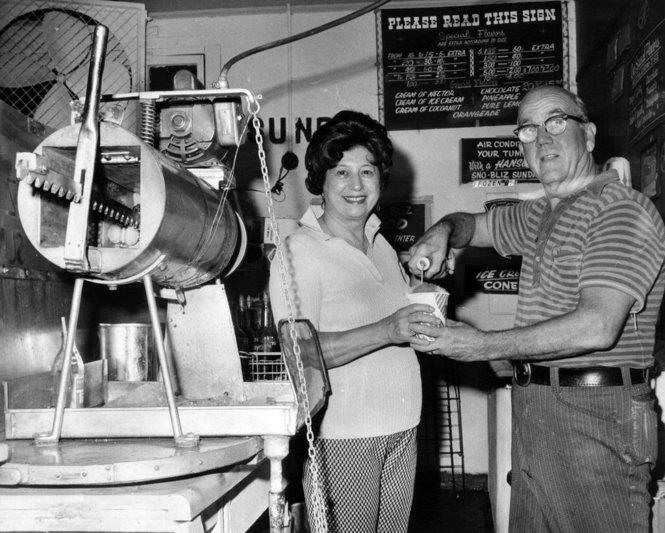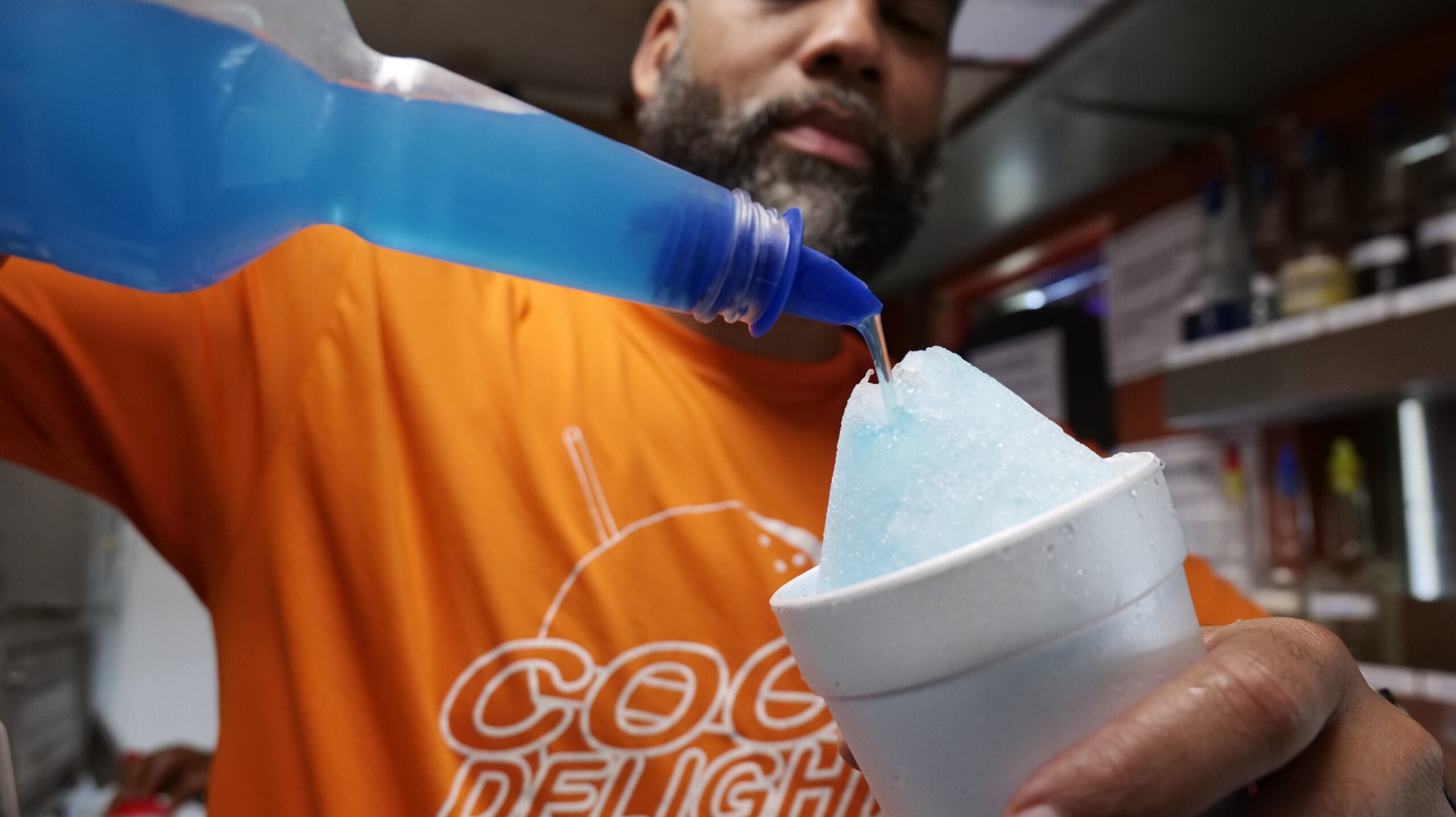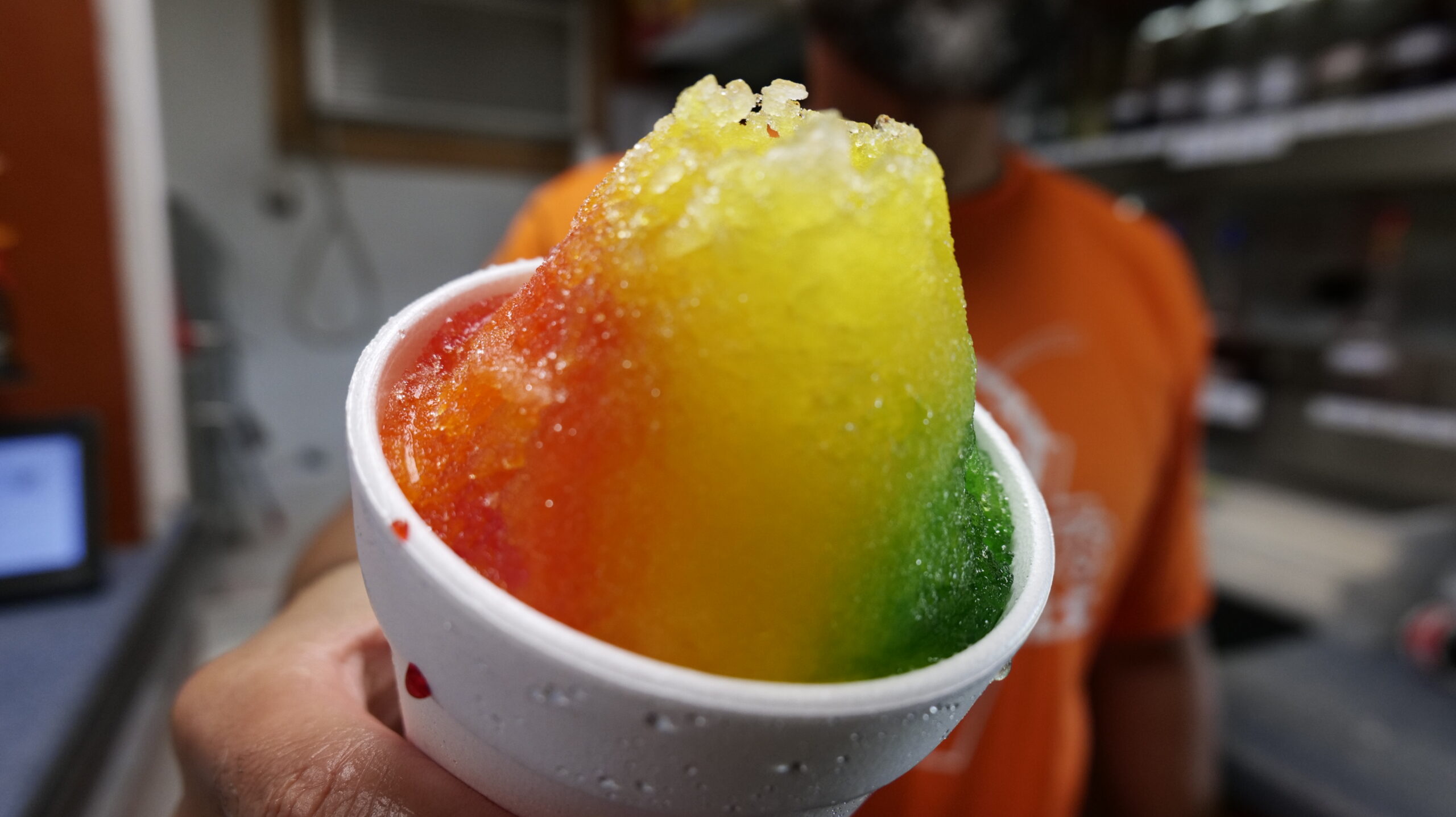Louisiana is a state of surprises. But there’s one thing people here can always expect: The summer will be hot. And with that comes Louisiana’s signature way to cool off: the snoball.
No, we aren’t talking about the sno-cone, the frozen treat you’ll find around the U.S. this time of year. The snoball is its own distinct creation with decades of history. In this episode of Between the Lines, 225 is digging into the origins of the dessert.
|
|
|
By the 1930s, New Orleans street vendors would make snoballs by carting around a block of ice and a handful of flavorings. The vendors shaved the ice by hand using a planer.
Two people independently saw a problem with this arduous process and developed machinery to modernize ice consumption. Ernest Hansen created the SnoBliz, equipped with a series of blades that shaved ice down into, as the name implies, snow. Around that same time, another man, George Ortolano, created the SnoWizard. The machines were similar, though Hansen’s had more of a barrel shape, and Ortolano’s was like a long box.
The fluffy ice the machines produced set apart the area’s snoballs from the crushed ice of the sno-cone seen in other regions. Syrups were able to soak into and cling to the ice, providing a consistent flavor throughout.

Today, Hansen’s Sno-Bliz is a popular New Orleans snoball stand, with a long family history dating to 1939. As for Ortolano, his machine found great success in markets around the state, including here in Baton Rouge.
The popular Cool Delights snoball stand uses the SnoWizard and a version of the SnoBliz known as Southern Snow across its three locations in the Captial Region. Owner Marvin Dotson tells 225 about his experience building his own snoball business over the last 15 years.
“I was looking for something to do aside from education. It was between cutting grass or snoballs,” Dotson says.

He introduced his first location on North Foster Drive in 2009 and quickly learned the secret behind a well-crafted snoball: the ice.
|
|
|
“We take pride in having that soft ice, man. If it’s not fluffy, we aren’t putting it out the window,” he says.
Apart from the ice, Dotson sources most of his materials from Parasol, a flavoring company in Abita Springs.
Unlike most stands, Cool Delights’ North Foster Drive location stays open year-round. Dotson shares why, more about the history of his stand and how he is keeping up with the times in our latest episode of Between the Lines. Watch the full episode here.





